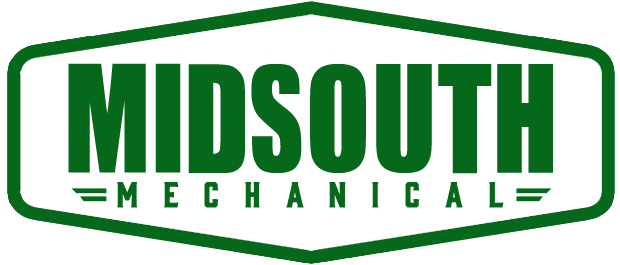Why not use a more aggressive abrasive than garnet?
A reader asked why we typically use garnet abrasive opposed to the many other abrasives in the world today. After all, an abrasive waterjet can en-train a wide variety of granular material, and yet the vast majority of machines utilize garnet abrasive.
To understand why the industry has come to rely so heavily on one type of abrasive, let’s take a look at what we need out of an abrasive for effective waterjet cutting. Grains of abrasive need to be the right size, mass, hardness, angularity, toughness, cost effective, safe, fast cutting, and provide long mixing tube life. Over the years, there have been a number of different types of abrasive used in the industry.
Standard Abrasives
There are various grades and types of garnet abrasives, and few garnet mines will produce a garnet that has the right properties to work as an abrasive waterjet media. For more information on garnet abrasives, check out my earlier blog post which discusses the impact of grit size on abrasive waterjet cutting.
Softer Abrasives
Other abrasives, some softer than garnet, have been used in the past, such as olivine, ground glass, beach sand and copper slag.
Super Hard Abrasives
Super hard abrasives have also been used. Aluminum Oxide will cut faster than garnet on hard materials and give little speed improvement on soft materials like copper, brass, marble. It has two problems; it is more expensive than garnet and it shortens mixing tube life down to 40 to 120 minutes (where garnet will be 50 to 200 hours). The mixing tubes cost between $60 and $300 each depending on the grade, and so shortening life to such an extent is usually not viable.
Silicon carbide abrasive is even harder than aluminum oxide and will cut even faster on very hard target materials, but will blow out a mixing tube in just 15 to 40 minutes, making it unusable to most shops.
So, in short the garnet abrasive that Dr. Mohamed Hashish and his team settled on back in 1979 when the process was invented is still by far the dominant abrasive used today. And for good reason. It has the right mix of all the attributes listed above.
I think for the foreseeable future garnet will remain the number one choice for abrasive waterjet cutting.
